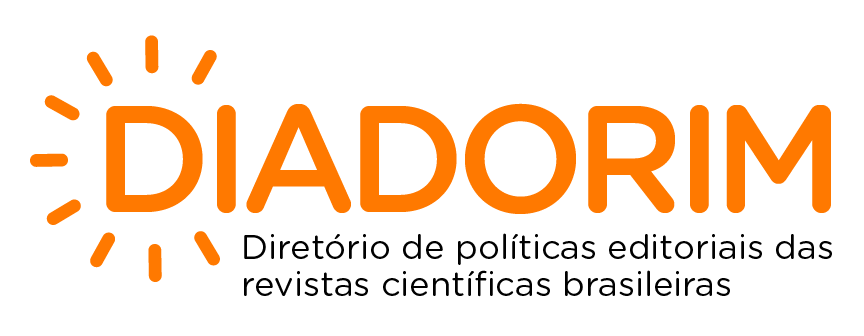Animal assisted therapy from the perspective of the medical staff and patients
DOI:
https://doi.org/10.56242/globalhealth;2022;2;7;6-11Palavras-chave:
Terapia Assistida por animais, TAA, crianças, idosos, autistas, profissionais da saúde., Animal Assisted Therapy, AAT, children, elderly, autistic, health professionals.Resumo
OBJETIVO: Este trabalho teve por objetivo obter informações sobre a opinião dos profissionais da saúde e pacientes com relação aos efeitos da terapia/atividade assistida por animais (TAA).
MÉTODOS: Foi realizada uma pesquisa de opinião com a equipe médica (composta por: Médicos, Enfermeiros, Psicólogos) e pacientes (sexo masculino e feminino, maiores de 18 anos de idade), sobre o uso de terapia assistida por animais, por meio da aplicação do questionário pela Plataforma Google Forms, aplicado uma única vez; os participantes foram selecionados por conveniência.
RESULTADOS: Conforme os grupos pesquisados 65,62% dos participantes relataram já conhecer a TAA, sendo mais conhecida no grupo de profissionais de saúde, dentre esses 6,71% já participaram de alguma intervenção do tipo. No quesito risco/benefício a TAA, confere mais benefícios do que risco de acordo com 75,03% dos participantes. Com relação às espécies consideradas viáveis para aplicação dessa terapia, 92,63% dos participantes acreditam que o cachorro seria o animal mais adequado, seguido do gato (66,84%) e do cavalo (55,66%). De acordo com os profissionais da saúde, as crianças (90,5%), seguido de idosos (87,1%) e autistas (73,6%) são os grupos que mais se beneficiaram da TAA. CONCLUSÃO: Por meio desse estudo foi possível constatar que na população em geral, homens e mulheres, o conhecimento da Terapia Assistida por Animais ainda é pouco difundido quando comparado aos profissionais de saúde. Além disso, os estudos voltados para a comprovação dos benefícios fisiológicos ao paciente ainda são incipientes e possuem limitações quanto ao número de participantes e metodologia.
DESCRITORES: Terapia Assistida por animais, TAA, crianças, idosos, autistas, profissionais da saúde.
ABSTRACT
OBJECTIVE: This work aims to obtain information on the opinion of health professionals and patients regarding the effects of animal assisted therapy/activity (AAT).
METHODS: An opinion poll was conducted with the medical team (consisting of: doctors, nurses, psychologists) and patients (male and female gender over 18 years of age) on the use of animal assisted therapy through application through application of the questionnaire by the Google Forms platform, being applied only once; participants were selected for convenience.
RESULTS: According to the groups surveyed 65.62% of participants reported already knowing AAT, being better known in the group of health professionals, among these 6.71% have already participated in some intervention of the type. In terms of risk/benefit to AAT, it gives more benefits than risk according to 75.03% of participants. Regarding species considered viable for the application of this therapy, 92.63%of participants believe that the dog would be the most appropriate animal, followed by the cat (66.84%) and the horse (55.66%). According to health professionals, children (90.5%), followed by elderly (87.1%) and autistic (73.6%) are the groups that benefited the most from AAT.
CONCLUSION: Through this study it was possible to see that in the general population, men and women, the knowledge of animal assisted therapy is still little widespread when compared to health professionals. In addition, studies focused on proof of physiological benefits to the patient are still incipient and have limitations on the number of participants and methodology.
DESCRIPTORS: Animal Assisted Therapy, AAT, children, elderly, autistic, health professionals.






